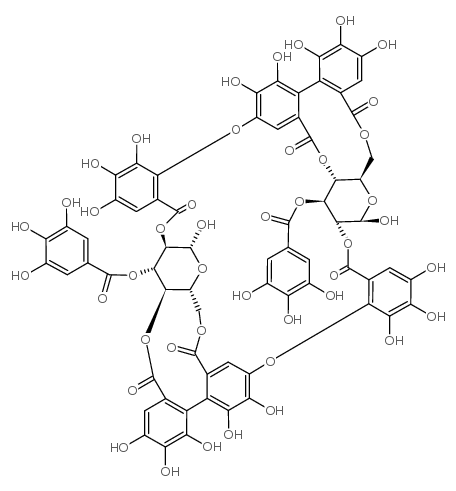| Structure | Name/CAS No. | Articles |
|---|---|---|
 |
Oenothein B
CAS:104987-36-2 |
|
 |
ZYMOSAN A
CAS:58856-93-2 |